Mycotoxins are toxic compounds that are naturally produced by certain types of moulds (fungi) and can grow on foods such as cereals, dried fruits, nuts and spices.
This mould growth can take place before or after harvest, during storage, on/in the food itself, often under warm, damp and humid conditions. Alarmingly, most mycotoxins are chemically stable and survive food processing.
In this article we give an overview of this deadly mould that also attacks maize, as well as how to minimise the risk from exposure to it.
 It starts with crops…
It starts with crops…
Although hundreds of different mycotoxins have been identified, the most commonly known mycotoxins that present a concern to human health and livestock include aflatoxins, ochratoxin A, patulin, fumonisins, zearalenone and nivalenol or deoxynivalenol.
Mycotoxins appear in the food chain as a result of mould infection of crops both before and after harvest. Exposure to mycotoxins can happen either directly by eating infected food, or indirectly from animals that are fed contaminated feed, in particular from milk.
Why are mycotoxins so dangerous?
Mycotoxins can cause adverse health effects and pose a serious health threat to both humans and livestock, from poisoning to long-term effects such as immune deficiency and cancer.
The effects of some food-borne mycotoxins are acute with symptoms of severe illness appearing quickly after consumption of contaminated food. Other mycotoxins occurring in food have been linked to long-term effects on health, including cancers and immune deficiency. Of the many mycotoxins identified to date, 12 are the most studied because of their severe effects on human health and their presence in food.
Aflatoxins are of particular concern
Aflatoxins are amongst the most poisonous mycotoxins and are produced by certain moulds (Aspergillus flavus and Aspergillus parasiticus) growing in soil, decaying vegetation, hay and grains. Crops that are often affected by Aspergillus include cereals (maize, sorghum, wheat and rice), oilseeds (soybean, peanut, sunflower and cotton seeds), spices (chilli peppers, black pepper, coriander, turmeric and ginger) and tree nuts (pistachio, almond, walnut, coconut and Brazil nut). The toxins can also be found in the milk of animals that are fed contaminated feed, in the form of aflatoxin M1.
Large quantities of aflatoxins can cause acute poisoning (aflatoxicosis) and can be life threatening, usually through damage to the liver. Aflatoxins have also been shown to be genotoxic, meaning they can damage DNA and cause cancer in animal species. There is also evidence that they can cause liver cancer in humans.
 Mycotoxin contamination in Kenya
Mycotoxin contamination in Kenya
In Kenya, most people may be exposed to regular doses of a wide spectrum of highly toxic, carcinogenic, immunosuppressive, mutagenic, and hepatotoxic mycotoxins by eating maize meal.
Maize meal is consumed in Kenya at the rate of about 400g per person per day. As such, even the lowest amount of toxins consumed can cause significant damage as some are cumulative. What’s more is that maize is also present in livestock and poultry feed, and therefore regular indirect human exposure through the consumption of animal products that contain mycotoxin residues could be common.
Due to these suspected risks, samples of flour were collected and tested in a survey to determine mycotoxins in maize products in Kenya.
- Forty samples of flour packed in 90kg bags, 58 samples of Ugali, and 74 samples of Jogoo brand were collected from the Nairobi area.
- The samples were analysed for resident mycoflora, and some mycotoxins associated with key fungal species.
- Important fungal species isolated from the flour included Aspergillus flavus, A. sulphureus, Fusarium moniliforme, Penicillium stoloniferum, and P. cyclopium.
- All three brands of flour were contaminated with Aflatoxins B1 and B2 (0.4-20 ug/kg), Ochratoxin A (50-1,500 ug/kg), and Zearalenone (2,500 - 5,000 ug/kg).
- Ochratoxin A was the most prevalent mycotoxin.
This survey provides a warning that mycotoxin contamination in maize meal is critical and that consumers’ health is at risk. Maize products should undergo strict microbial quality control from farm to market.
International governing bodies
- JECFA, a scientific expert committee jointly convened by the World Health Organization (WHO) and the Food and Agriculture Organization of the United Nations (FAO), is the international body responsible for evaluating the health risk from natural toxins including mycotoxins.
- Based on JECFA assessments, international standards and codes of practice to limit exposure to mycotoxins from foods are established by the Codex Alimentarius Commission.
Minimising the risk from mycotoxins
Mould that produces mycotoxins can grow on a variety of different crops and foods, can penetrate deep into food, and doesn’t grow on the surface alone.
It usually doesn’t grow in properly dried and stored foods, therefore proper drying of grain and maintenance of the dry state, or proper storage, is an effective measure against mould growth and the production of mycotoxins.
Read our article on effective grain storage here.

How to prevent mycotoxins in maize
Prior to harvesting
Inspect your fields – do a late season scouting of fields to determine the amount of fungal growth and potential mycotoxins already in your fields. Spot checking five random locations per field will give you an idea of which fields are higher risk through increased fungal activity. Check for fungal growth by pulling the husks off of 20 ears on consecutive plants at each location.
During harvest
Early harvest – in general fields that are harvested earlier will have a lower concentration of mycotoxins as fungal pathogens will have less time to develop. Continued damage from insects can lead to the accumulation of mycotoxins as damaged kernels allow for easier infection.
Adjust combine settings to minimise damage to kernels. By adjusting the combine’s cylinder speed and clearance, damage to kernels can be reduced by reducing contact with the moving combine parts. Also, adjustments can be made to discard moldy kernels.
Drying and storage
Grain from fields that have ear moulds should be dried as quickly as possible at a high temperature to stop the development of mycotoxins. Maize should be dried to at least 14 percent moisture content for storage. Digital moisture meters such as the Superpro moisture meter does automatic temperature compensation and can be calibrated for all grain types. Shop the Superpro Moisture meter online.
Test strips – there are test strips on the market that require no additional equipment or tech and produces results in a few minutes.
Storage temperature is critical in managing mycotoxins in stored grain. Grain should ideally be cooled to between 1 and 4 degrees Celsius because fungal development is reduced at this temperature.
Lastly, regular observations of the grain bin are important to determine if mycotoxin problems may be arising in storage. Check grain bins weekly during the warm months and every other week during cooler months. When checking the grain bin temperature, monitor moisture and visual symptoms of fungal infection.
Mycotoxins are a real threat to consumers of maize products, as well as livestock, but with the right safety measures and efficient storage in place it’s a threat that can be managed.
Sources:


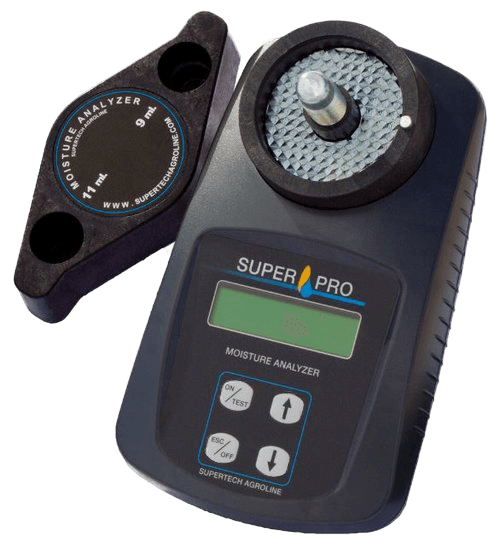
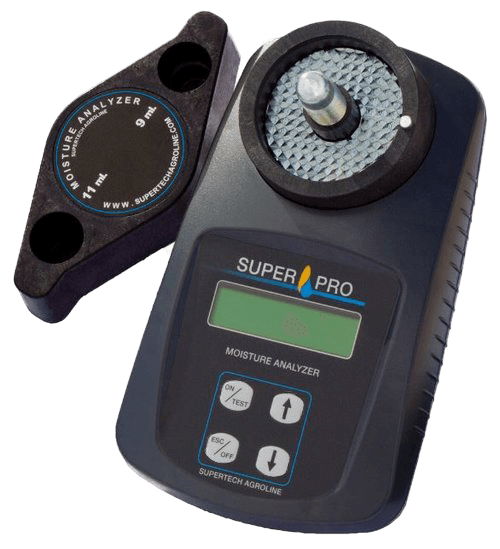
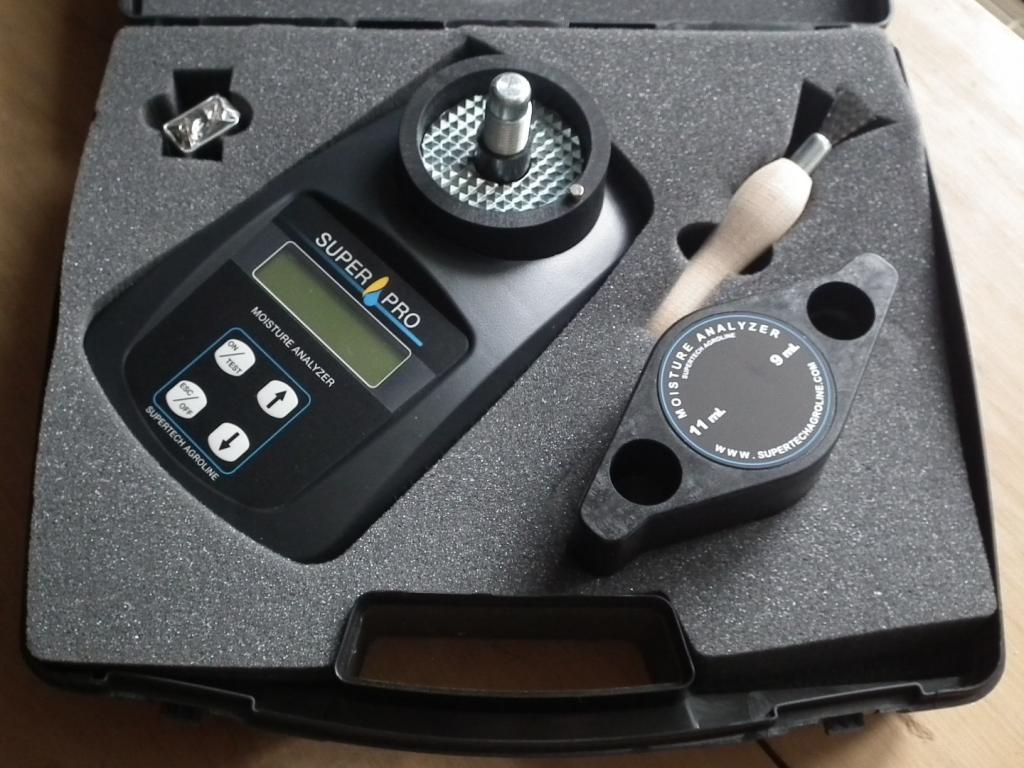
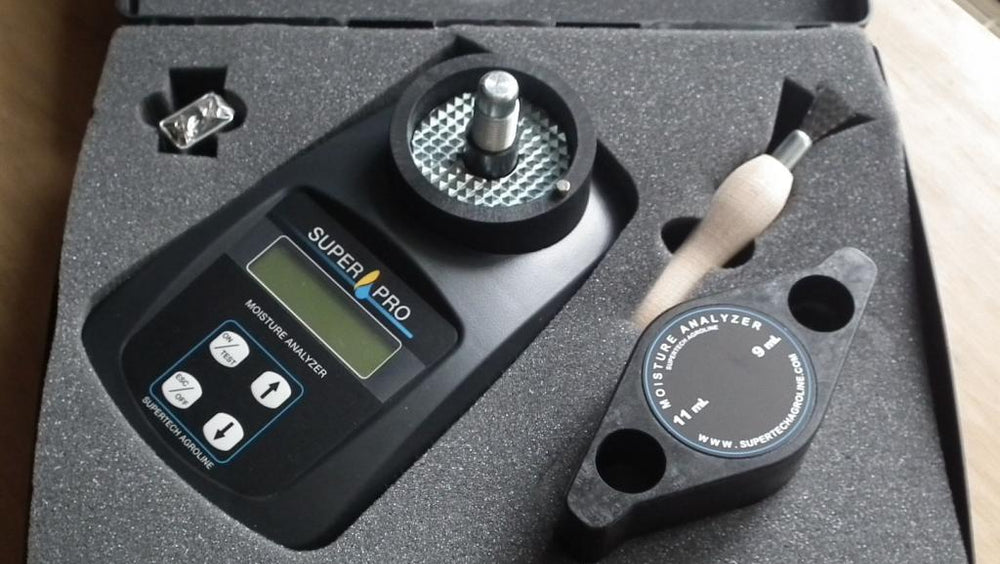
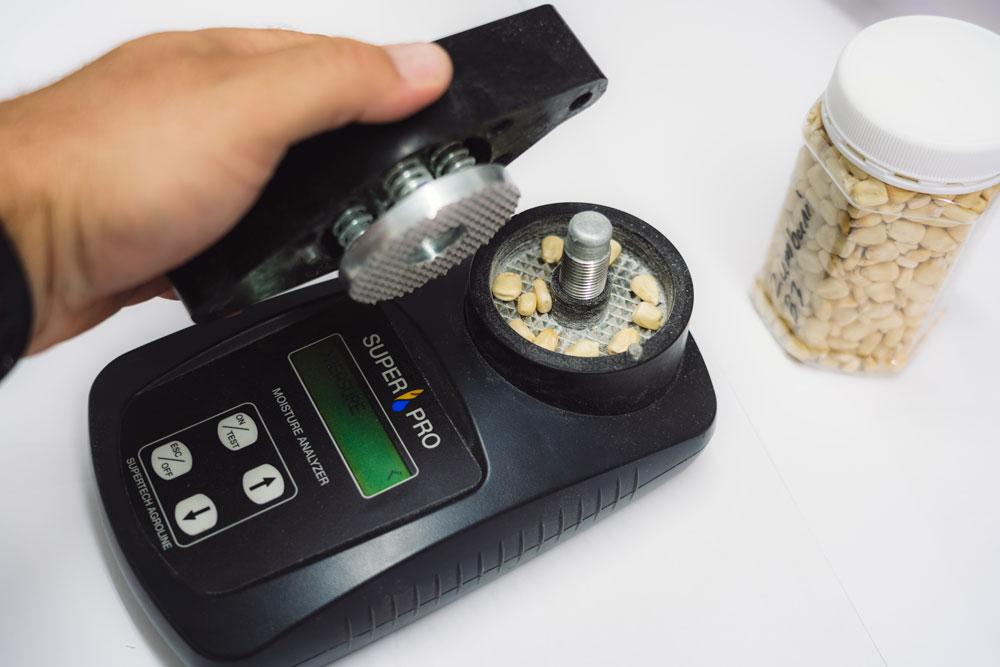
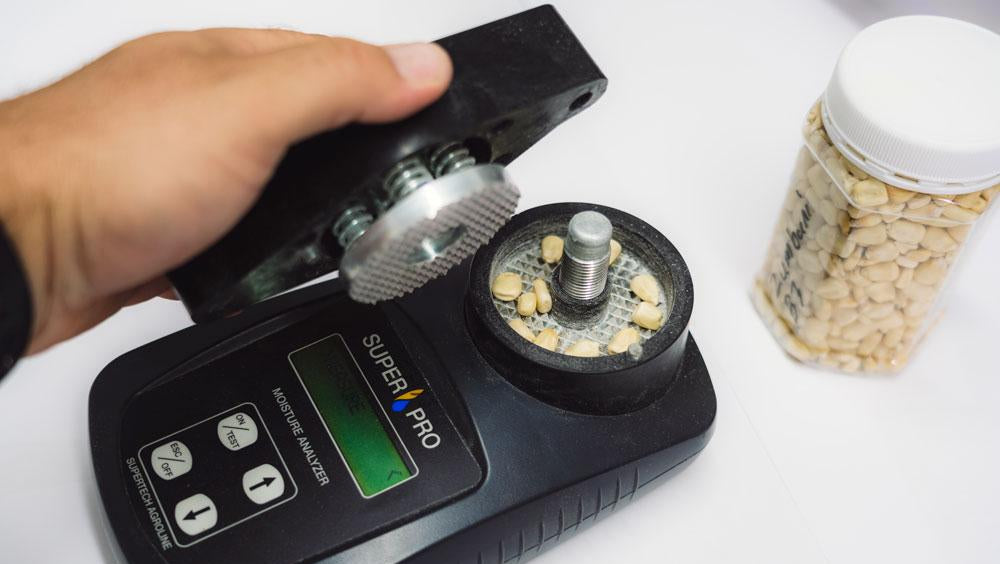
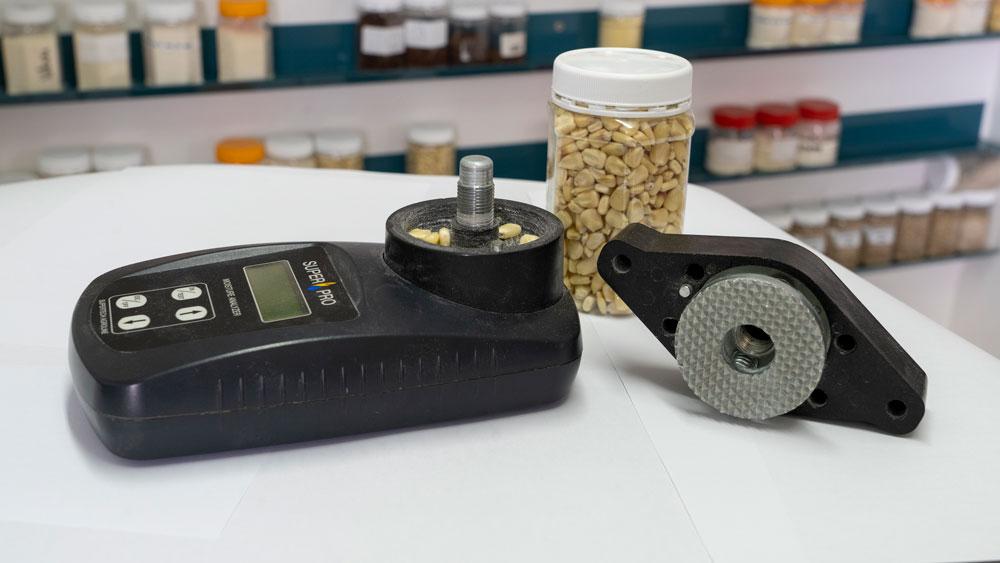
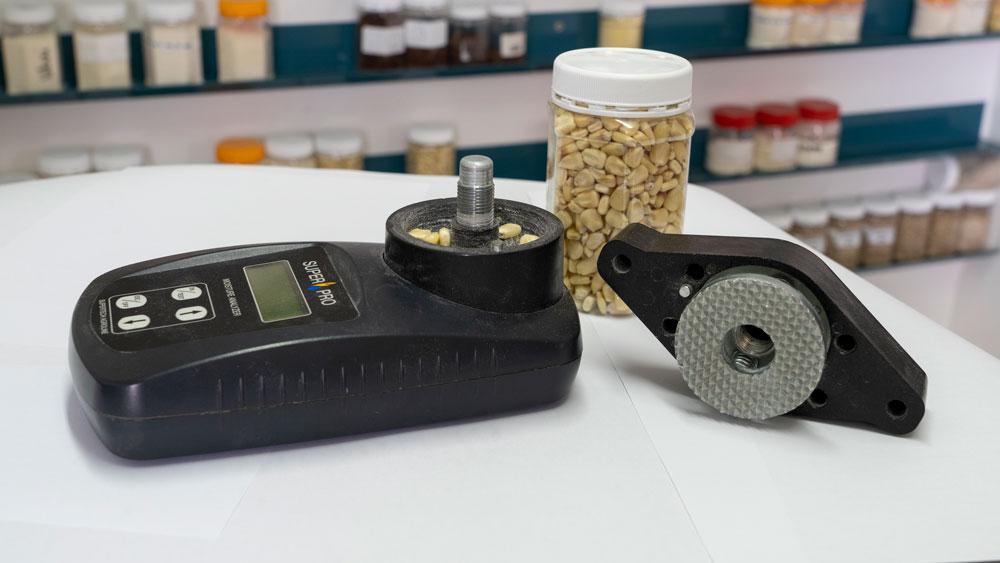

5 comments
Is Superpro Moisture detector available in Zambia?
———
Roff Milling replied:
Hello, our sales team will get in touch soon.
Super pro moisture analyzer
———
Roff Milling replied:
Hello Charles, thank you for getting in touch. A consultant will contact you shortly. Kind Regards
Super pro moisture analyzer
———
Roff Milling replied:
Hello Charles, thank you for getting in touch. A consultant will contact you shortly. Kind Regards
Superpro moisture detecter
———
Roff Milling replied:
Hello Charles, thank you for getting in touch. A consultant will contact you shortly. Kind Regards
Extremely useful article. Thank you.